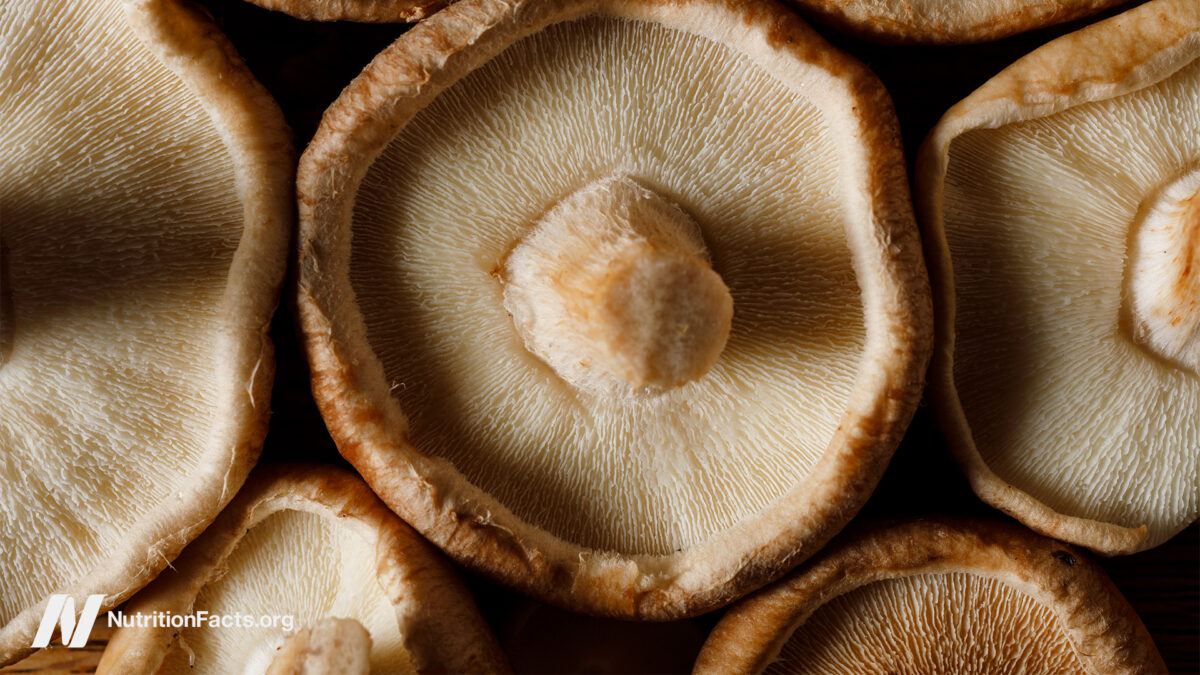Everything I'm Seeding in April
Even if you haven’t started your seed growing yet, there’s still time.


Credit: Amanda Blum
April is when gardeners need to start being mathematicians and professional organizers, trying to find space for all the seedlings that need to get into trays on time. It’s also the first time this year you’ll start succession seeding, both indoors and out. Succession seeding is one of the real benefits of growing your own seeds: It means you can grow one or two of a variety instead of needing the space for a whole six pack you’d pick up at the nursery. Grow a mixed tray of vegetables or herbs now, and start another one in a few weeks. This will also help alleviate some strain on square footage in your growing space.
Even if you haven’t started your seed growing yet, there’s still time. And remember: There’s no shame in just buying starts or waiting for giveaways. If you are going to start your own seeds, though, you want to use seedling mix, not potting soil.
Tomatos, eggplant, and peppers

Credit: Amanda Blum
Peppers generally get started in March, so consider this your last call on getting your own started. Tomatoes and eggplant are more forgiving, but peppers need a long runway; get tomatoes and eggplant seeds sowed by April 15. As they grow, be brutal in thinning seedlings and tossing starts with any signs of distress or disease; you can’t afford to lose all your plants, and sickness spreads quickly in a growing space.
Start succession seeding peas and other vegetables outside

Credit: Amanda Blum
By now, you should be sowing peas outside. Schedule a calendar alert for every two weeks, and ensure you’re getting radishes, carrots, beets, green onions, and lettuce in the ground. Remember, you’re succession planting, so you don’t need a ton to go in every week. Consider how many radishes you’ll really eat every few weeks, and get a few different varieties in. Carrots are a longer-term investment, but planting them now, in succession, takes advantage of the rain you are likely getting for easier germination rates. I make short rows of these seeds so I have plenty of room for them. You should see those peas come up quickly, and planting every two weeks through April will ensure you have peas until the weather gets too hot for them.
Cucumbers, squash, and melon
Back inside, look to the end of the month to start cucurbits and squash. There are so many cucumbers to consider—for pickling, for slicing—and there are cucamelons, a small sour gherkin that has become quite popular. I’ve found the pickling cucumbers benefit from succession planting, so I plant a series of seeds in late April and then again at the beginning of May. This allows me to have one continuous harvest all summer. Pumpkins don’t require the same succession; they tend to be prolific on their own, but late April is the time to get them planted inside. Melons, cucumbers, and squash are all easy seedlings; they come up quick and grow to a transplantable size quickly, so you want to seed them close to the date you can transplant into the garden.
As you are planting seeds, it’s easy to dismiss the conservatism of just a few zucchini plants. Remember that one zucchini plant feeds a nation, and save yourself a lot of work giving away gigantic squash this July.
Onions and leeks come in a few flavors

Credit: Amanda Blum
There are three kinds of onions to consider this time of year. First, there are keeping onions, which are the ones you can use all winter if you store them right. These will come in sets, which you can get at the nursery right now. You can grow these from seed, but you’re late to them this year, so for a few dollars, grab a set and share them with friends. For placement, consider that tomatoes do well interplanted with onions. These bundled starts will go in the ground now, and you want to be sure to give each of them enough room, so don’t overcrowd. Each onion should have about six to eight inches between them so they can really flush out the bulb over the summer.
What do you think so far?
You also have scallions, or green onions, and those can be seeded directly in the ground every few weeks as an easy garden item to grow. The last item is leeks, which have a very long, protracted growing season, but are really rewarding as a winter and fall harvest. Leeks are easily grown from seed, so get them started in early April. You don’t grow leeks one per cell, but rather they can be grown together in a bunch in a four-inch pot or any tray you have. Once they have reached six inches in height, start cutting them back to three inches and let them grow back. When they’re ready to plant, you’ll carefully separate them and plant them as deep as you can, outside.
It’s time for all the flowers

Credit: Amanda Blum
While it’s too late for snapdragons, it’s the right time to get marigolds, nasturtium, and sweet alyssum started. I mention these three together specifically because these are the building blocks of your pest prevention program in a garden, and you’ll want them everywhere, so overseed them, inside, now. You can tuck nasturtium and sweet alyssum almost anywhere. At this point, I start the first succession of all my annual flowers except sunflowers. That’s zinnia, stock, poet flower, foxglove, delphinium, echinacea, cosmos, scabiosa, yarrow, calendula, blanket flower, salvia, agastache, and whatever else you’re planning. If you’re doing a second succession, you’ll start that in the third week of April.
Growing herbs from seed saves money
Growing herbs from seed is one of the best ways to save money, as they’re expensive starts at the nursery and expensive to buy at the grocery store. Most seed easily, too. Make sure you’re getting the cilantro, basil, and dill in the seed trays now. Remember that dill is a pest deterrent, so grow more of it than you need to use alongside the marigolds and sweet alyssum. Dill, cilantro, and parsley bolt, so you’ll want to succession seed them in mid-April. This is a good time to consider herbs you might not have before, like chamomile, lemongrass, lemon verbena, and chives.

Amanda Blum
Amanda Blum is a freelancer who writes about smart home technology, gardening, and food preservation.

 Lynk
Lynk 





















![The 2026 AI Search Benchmark Every SEO Leader Needs [Webinar] via @sejournal, @lorenbaker](https://www.searchenginejournal.com/wp-content/uploads/2025/11/1-259.png)











